Garry was just one badly-tied knot away from lying broken and twisted at the foot of the cliff against which he was hanging. A sheer drop to the weather-worn boulders 60 metres below. A fall now would kill him. No question.
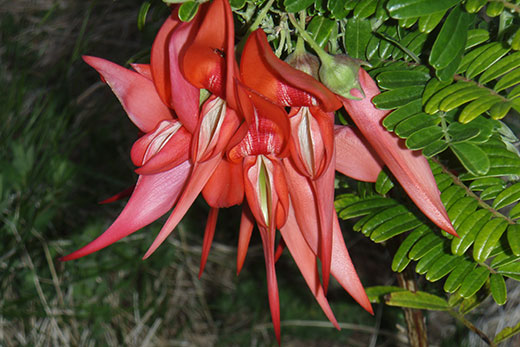
Curved bloom
The Kakabeak flowers in spring. The curved blooms hang in heavy bunches and look just like the beak of the parrot after which they’re named.
In years gone by, hundreds of plants grouped together would create a stunning spectacle. But today only a few lonely specimens remain in the wild, clinging to the inhospitable cliffs in a desperate defence against goats, deer and other exotic browsers.
Although grown widely in gardens, these domestic plants are all derivatives from just one or two wild plants. They’ve been interbred and have little or no genetic value.
The result is this magnificent plant holds the highest possible threatened plant ranking: Nationally Critical.
They’re so rare, these plants, that they all have names and I christened the three new discoveries Alan’s Plant, Helen’s Plant and Rachel’s Plant.
This was in honour of the sterling efforts being put into Kakabeak conservation by DOC stalwarts Alan Lee and Helen Jonas. And in appreciation of the ambassadorial role of Forest Lifeforce Restoration Trust patron, Kiwi icon Rachel Hunter.
Material gathered from newly-discovered Kakabeak play a crucial role in hauling the species back from the brink of extinction.
Seeds inject added vitality to the gene pool and enhance the robustness of the population, helping wild Kakabeak avoid the genetic flimsiness of their nursery-bred cousins.
And cuttings are used by Landcare Research plant geneticist Dr Gary Houliston to generate DNA profiles for each plant. These help greatly in the conservation effort.
Bush-bashing
This is why, early that morning, four of us set out for the bluffs on which I’d spotted the three new plants.
My colleagues were a friend of mine, Gus Garaway, and keen climbers Garry Kane and Brett Gilmore.
A long drive and a tough bit of bush-bashing had brought us to the edge of the cliff from which Garry swung, his life hanging by a thread – by the look of his abseil rope.
Garry was hanging above one of the bushes, carefully harvesting its seed pods, each packed to bursting with small black seeds.
As my guts writhed at the sight of the cliff-face falling away, and the sound of loose rock clattering onto the boulder-field below, I was comforted marginally by the look of intense concentration and matter-of-fact calmness on his face.
Here was a man in total control of his environment, doing what he loves to do.
That was when I realised my earlier misgivings were unjustified. The work is vital and exercises like this are absolutely necessary if some of our less well-known species aren’t going to slip away, unnoticed, into obscure extinction.
Our work with Kakabeak has been particularly rewarding because, given the rarity of the plant, the results are exponential. Where once science knew of just 80 wild-growing plants there are now nearly twice this number, many grown from wild seed and put back into the bush.
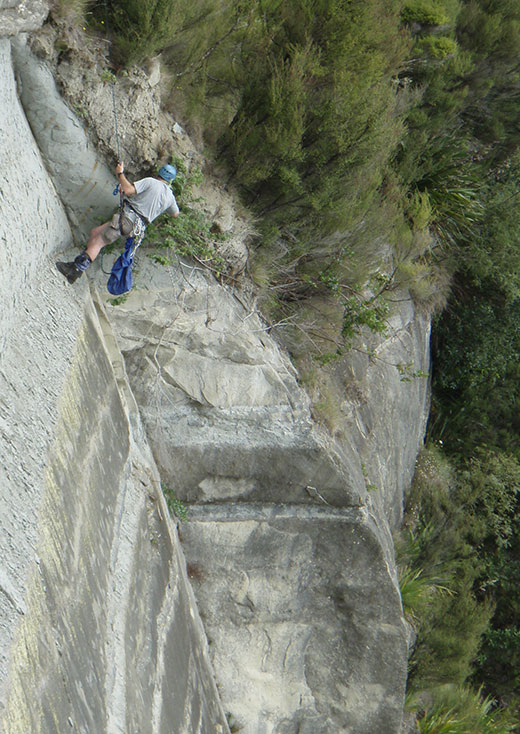
Garry Kane collected 300 rare Kakabeak seeds on this climb.
300 seedlings
The seed gathered by Garry in this single expedition alone resulted in 300 seedlings. Many of these will find their way back to our wild places, re-planted in places where they’ll be safe from predators.
The rest will be cared for in four specially-designed ‘seed nurseries’ we’ve established, or helped establish, around the North Island – from the Bay of Islands to Hawke’s Bay.
We hope these nurseries will, during time, yield millions of seeds and masses of seedlings conservationists nationwide can use to re-establish viable colonies of wild-growing Kakabeak.
It is this vision I held on to while Garry swung round in his harness and flashed me a smile of triumph. “All good now, mate, I’m starting the climb back up. Job done.”
About the Forest Lifeforce Restoration Trust was established in 2006 to provide direction and funding for the restoration of threatened species of fauna and flora, and to restore the ngahere mauri (forest life-force) in New Zealand native forests.
It runs eight main regeneration and restoration projects, involving native New Zealand flora and fauna, on three properties in the central North Island. It also owns a property in the South Island’s Fiordland National Park.
In addition to its work with Kakabeak the Forest Lifeforce Restoration Trust is fast carving out a name for itself with one of the most prolific and successful kiwi conservation initiatives in the country, the Maungataniwha Kiwi Project.
Other native flora and fauna regeneration projects include the re-establishment of native plants and forest on 4000 hectares currently, or until recently, under pine.
Pete Shaw is a trustee of the Forest Lifeforce Restoration Trust, a privately-funded organisation providing direction and funding for the restoration of threatened species of fauna and flora.


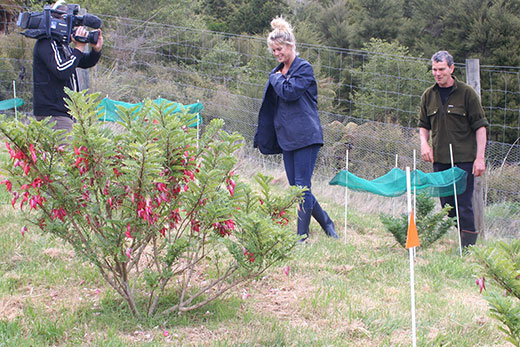
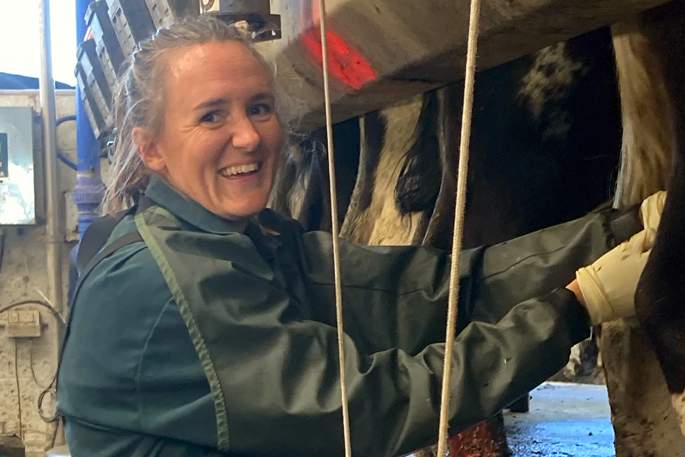
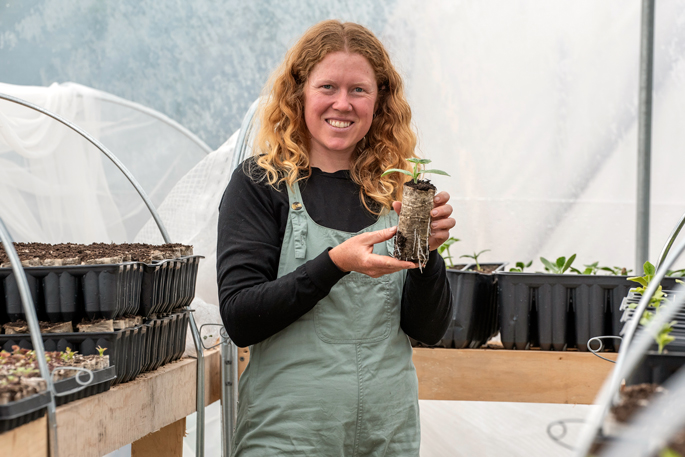
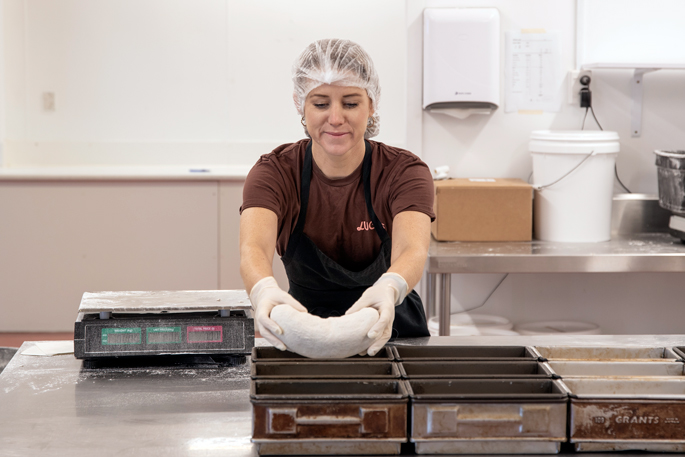
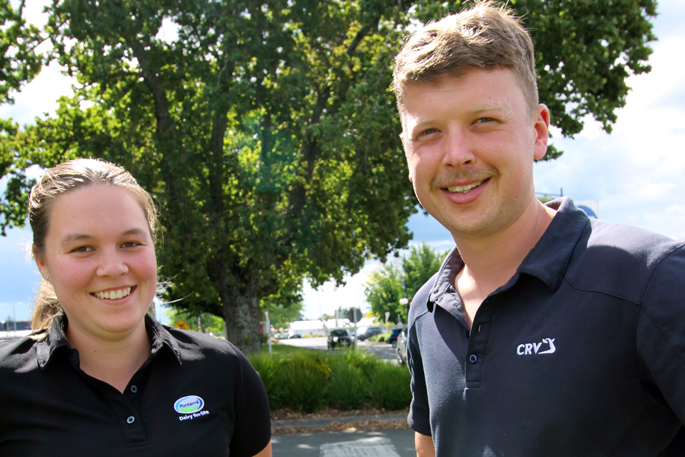
0 Comments
Leave a Comment